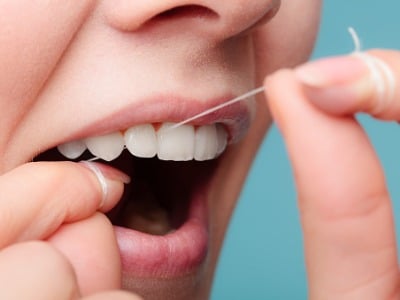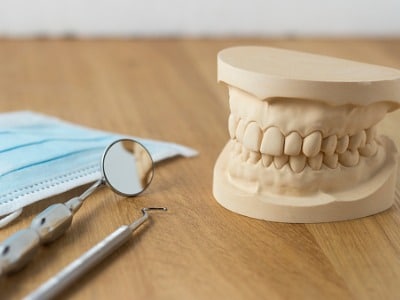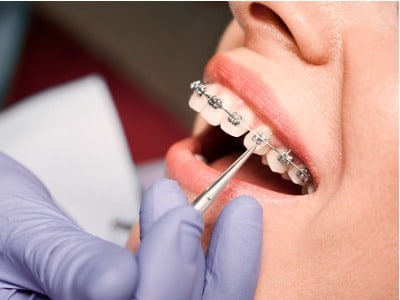
Our Blog
Should I Floss or Brush First?

It’s important to know that you are a very important participant in keeping your oral health in tip top shape. You have to take care of your teeth beyond going to the dentist and orthodontist. Especially when you are in orthodontic treatment, it is crucial that you make your oral health a priority. While orthodontic appliances don’t cause oral health issues, they can create spaces that are difficult to clean. Additionally, when plaque and food accumulate around your braces it can lead to permanent white marks, cavities, swollen gums, bad breath, and periodontal disease.
How Orthodontics Can Help Treat Hypodontia

Read More
What is the Difference Between a Dentist and an Orthodontist?

There are some similarities between the two doctors. Both dentists and orthodontists are involved in the care of teeth and solving dental problems. Additionally, both of them are dental school graduates. However, there are some differences between the two.
What to Expect at an Orthodontic Evaluation

Are Dental X-Rays Safe

You may be wondering if dental X-rays are safe. Fortunately, they are! This is because these X-rays are used with low levels of radiation to capture images of the interior of your teeth and gums. These X-rays are incredibly important because they can help your dentist to identify problems such as cavities, tooth decay, and impacted teeth. Dental X-rays are typically performed yearly. However, they may happen more often if your dentist is monitoring a problem or performing dental treatment.